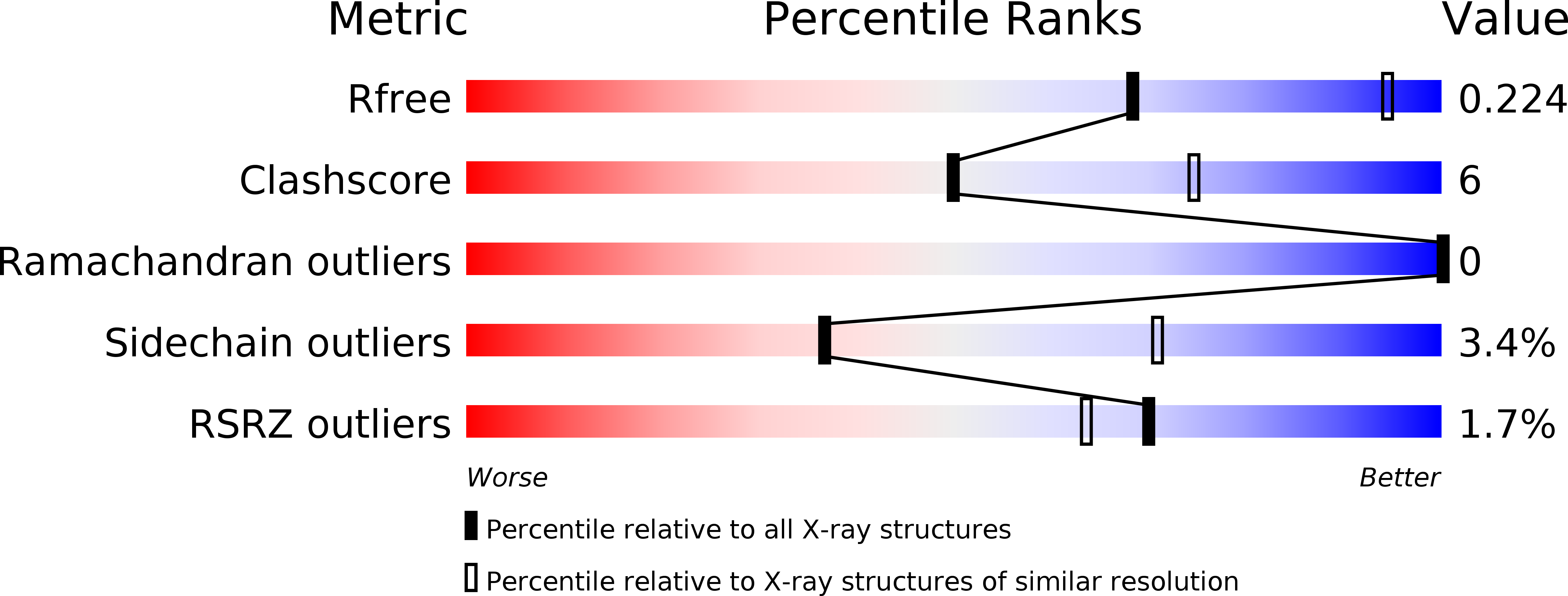
Deposition Date
2012-11-30
Release Date
2013-08-14
Last Version Date
2023-12-06
Entry Detail
PDB ID:
4I7C
Keywords:
Title:
Siah1 mutant bound to synthetic peptide (ACE)KLRPV(23P)MVRPWVR
Biological Source:
Source Organism:
Homo sapiens (Taxon ID: 9606)
Drosophila melanogaster (Taxon ID: 7227)
Drosophila melanogaster (Taxon ID: 7227)
Host Organism:
Method Details:
Experimental Method:
Resolution:
2.80 Å
R-Value Free:
0.21
R-Value Work:
0.17
R-Value Observed:
0.18
Space Group:
I 2 3


